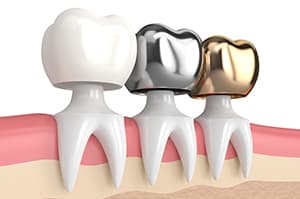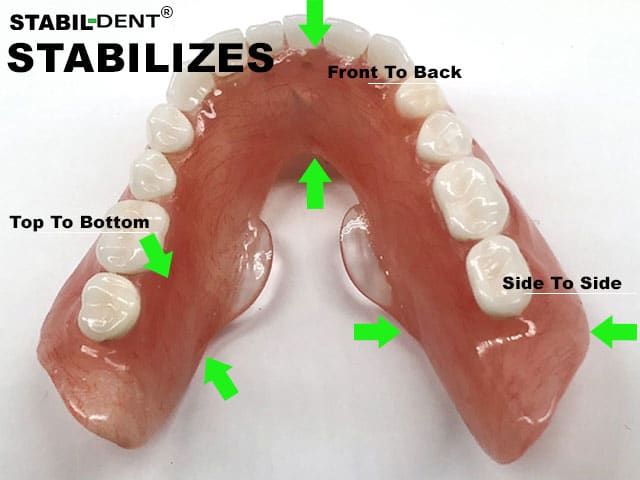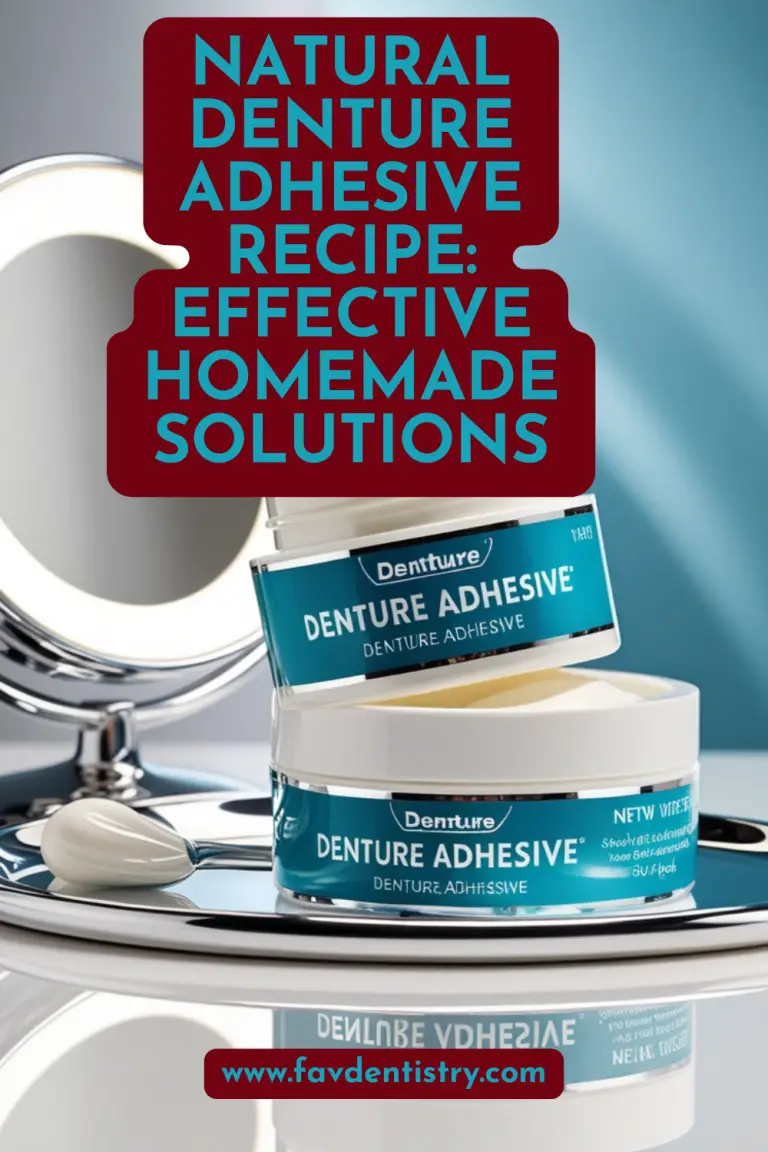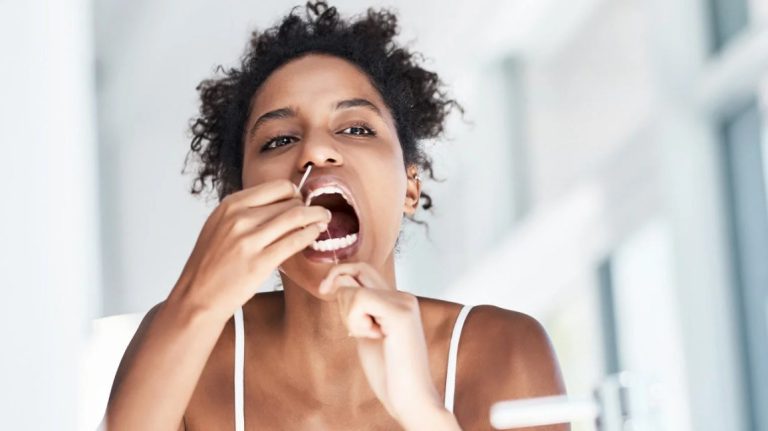Last Updated on 3 weeks by DR. ALBIN SIPES
Dental prophylaxis, commonly known as teeth cleaning, is a preventative dental procedure aimed at maintaining oral health by removing dental plaque, calculus, and stains from the teeth.
A dental prophylaxis is an essential part of good oral hygiene and is recommended at least twice a year by dentists.
What is Dental Prophylaxis?
A dental prophylaxis is a preventative dental procedure that is used to clean and maintain the health of the teeth and gums. It is typically performed by a dental hygienist or dentist and involves the use of specialized tools to remove plaque, tartar, and other debris from the teeth.
The procedure also includes polishing and flossing the teeth to remove any remaining debris. The goal of dental prophylaxis is to reduce the risk of cavities, gum disease, and other dental issues.
Types of Dental Prophylaxis
There are several different types of dental prophylaxis procedures available. The most common type is professional cleaning, which involves the use of specialized tools to remove plaque, tartar, and other debris from the teeth.
Other types of procedures include scaling and root planning. Which is used to remove tartar from below the gum line. sealants, which are used to protect the teeth from decay and fluoride treatments. Which helps to strengthen the enamel of the teeth.
The Importance of Dental Prophylaxis
Dental prophylaxis plays a vital role in maintaining oral health. It helps prevent gum disease, tooth decay, and bad breath, among other dental problems. Dental plaque, a sticky, colorless film of bacteria that forms on the teeth, is the leading cause of gum disease and tooth decay.
If not removed through regular brushing, flossing, and dental cleanings, it can harden into calculus or tartar, which can only be removed through professional cleaning.
Dental prophylaxis also helps prevent other dental problems, such as staining and discoloration of the teeth. Regular dental cleanings can remove surface stains caused by food, beverages, and tobacco use, leaving your teeth looking brighter and healthier.
The Dental Prophylaxis Procedure
A dental prophylaxis is a simple and painless procedure that typically takes about 30-60 minutes. The procedure involves the following steps:
- Dental Examination: Before the dental cleaning, the dentist or dental hygienist will examine your teeth and gums to look for any signs of dental problems.
- Scaling: The dentist or dental hygienist will use special tools to remove plaque and calculus from the teeth, especially in hard-to-reach areas.
- Polishing: After scaling, the teeth are polished to remove any remaining stains and to make the teeth smooth and shiny.
- Fluoride Treatment: A fluoride treatment may be given after the cleaning to strengthen the teeth and protect them from decay.
- Oral Hygiene Instructions: The dentist or dental hygienist will provide you with instructions on how to maintain good oral hygiene, including brushing and flossing techniques, and diet advice.
Risks Associated with Dental Prophylaxis?
Although dental prophylaxis is generally safe, there are some risks associated with the procedure. These risks include bleeding gums, sensitivity to cold or hot temperatures, and irritation of the gums. Additionally, some people may experience an allergic reaction to certain products used during the procedure
Cost of Dental Prophylaxis?
The cost of dental prophylaxis varies depending on the type of procedure being performed and the location of the dentist or dental hygienist. Generally speaking, professional cleanings are relatively inexpensive and are often covered by insurance. Other procedures such as scaling and root planning may be more expensive and may not be covered by insurance
How Often Should Dental Prophylaxis be Performed?
It is recommended that adults have a professional cleaning every six months in order to maintain good oral hygiene. However, some people may need more frequent cleanings depending on their oral health needs. Additionally, children should have their teeth professionally cleaned at least once a year in order to prevent cavities and other dental issues.
The Benefits of Dental Prophylaxis
Dental prophylaxis offers several benefits, including:
- Preventing Gum Disease: Regular dental cleanings can help prevent gum disease by removing plaque and calculus buildup that can cause inflammation and infection of the gums.
- Preventing Tooth Decay: Dental prophylaxis helps prevent tooth decay by removing plaque and calculus buildup, which can erode the tooth enamel and cause cavities.
- Fresh Breath: Dental cleanings can help eliminate bad breath caused by food particles and bacteria in the mouth.
- Brighter Smile: Dental cleanings can remove surface stains and discoloration from the teeth, leaving them looking brighter and healthier.
- Early Detection of Dental Problems: Dental prophylaxis allows dentists to detect early signs of dental problems, such as cavities, gum disease, and oral cancer, allowing for prompt treatment and better outcomes.
FAQ:
How often should I get dental prophylaxis?
It is recommended to get dental prophylaxis at least twice a year. However, your dentist may recommend more frequent cleanings depending on your oral health needs.
Is dental prophylaxis painful?
No, dental prophylaxis is not typically painful. Some patients may experience sensitivity during the cleaning process, but it is usually mild and temporary.
How long does dental prophylaxis take?
Dental prophylaxis typically takes about 30-60 minutes, depending on the amount of plaque and calculus buildup.
What happens during dental prophylaxis?
During dental prophylaxis, the dentist or dental hygienist will examine your teeth and gums, remove plaque and calculus with special tools, polish your teeth, and apply a fluoride treatment to strengthen your teeth and protect them from decay.
Is dental prophylaxis covered by insurance?
Yes, dental prophylaxis is typically covered by dental insurance plans. However, the amount of coverage may vary depending on your specific plan.
Can I brush and floss instead of getting dental prophylaxis?
Brushing and flossing are essential for maintaining good oral hygiene, but they may not be enough to remove all the plaque and calculus buildup from your teeth. A dental prophylaxis is recommended in addition to regular brushing and flossing to prevent dental problems.
Conclusion
A dental prophylaxis is an essential part of maintaining good oral hygiene and preventing dental problems. Regular dental cleanings, at least twice a year can help prevent gum disease, tooth decay, bad breath, and other dental problems. If you haven’t had a dental cleaning in a while, it’s time to schedule an appointment with your dentist to get your teeth cleaned and to maintain good oral health.





